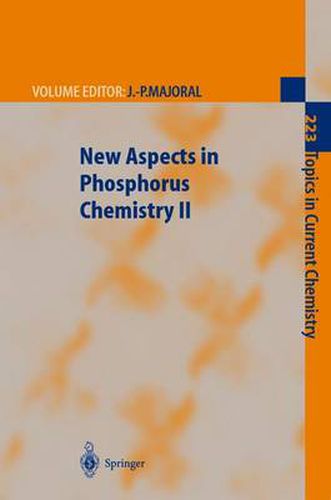Readings Newsletter
Become a Readings Member to make your shopping experience even easier.
Sign in or sign up for free!
You’re not far away from qualifying for FREE standard shipping within Australia
You’ve qualified for FREE standard shipping within Australia
The cart is loading…






Strong non-ionic bases are highly advantageous as stoichiometric reagents and as catalysts in synthetic organic chemistry owing to side reactions that f- quently occur when ionic bases such as LDA or alkali metal alkoxides are employed. A second reason that non-ionic bases are frequently more useful in these applications is that such bases are often more soluble in less polar organic solvents,particularly at low temperatures. Thirdly,non-ionic bases can provide reactive naked or tightly associated deprotonated substrate anions that are s- bilized by the relatively large,poorly solvated cations formed by the protonated base. In such cations,extensive positive charge delocalization can occur. Prior to our work on pro-azaphosphatranes of type 1 (Scheme 1),the very strong n- ionic bases utilized for organic transformations were largely confined to the nitrogenous bases shown below (Scheme 2). Scheme 1 Scheme 2 4 J. G. Verkade 2 Uses of Strong Nonionic Nitrogen Bases 2. 1 Amines One of the earliest strong non-ionic bases to make its appearance was Proton Sponge and its derivatives [1] and these systems have been reviewed [2]. More recently Proton Sponge has been used in the palladium-catalyzed arylation of 2,3-dihydrofuran [3], and it also catalyzes Knoevenagel condensations of s- strates possessing activated methylene groups [4]. Recently the synthesis of the macrocyclic tetramine below (Scheme 3) was reported [5]. The encrypted nitrogens are very basic (pK ,24.
$9.00 standard shipping within Australia
FREE standard shipping within Australia for orders over $100.00
Express & International shipping calculated at checkout
Strong non-ionic bases are highly advantageous as stoichiometric reagents and as catalysts in synthetic organic chemistry owing to side reactions that f- quently occur when ionic bases such as LDA or alkali metal alkoxides are employed. A second reason that non-ionic bases are frequently more useful in these applications is that such bases are often more soluble in less polar organic solvents,particularly at low temperatures. Thirdly,non-ionic bases can provide reactive naked or tightly associated deprotonated substrate anions that are s- bilized by the relatively large,poorly solvated cations formed by the protonated base. In such cations,extensive positive charge delocalization can occur. Prior to our work on pro-azaphosphatranes of type 1 (Scheme 1),the very strong n- ionic bases utilized for organic transformations were largely confined to the nitrogenous bases shown below (Scheme 2). Scheme 1 Scheme 2 4 J. G. Verkade 2 Uses of Strong Nonionic Nitrogen Bases 2. 1 Amines One of the earliest strong non-ionic bases to make its appearance was Proton Sponge and its derivatives [1] and these systems have been reviewed [2]. More recently Proton Sponge has been used in the palladium-catalyzed arylation of 2,3-dihydrofuran [3], and it also catalyzes Knoevenagel condensations of s- strates possessing activated methylene groups [4]. Recently the synthesis of the macrocyclic tetramine below (Scheme 3) was reported [5]. The encrypted nitrogens are very basic (pK ,24.